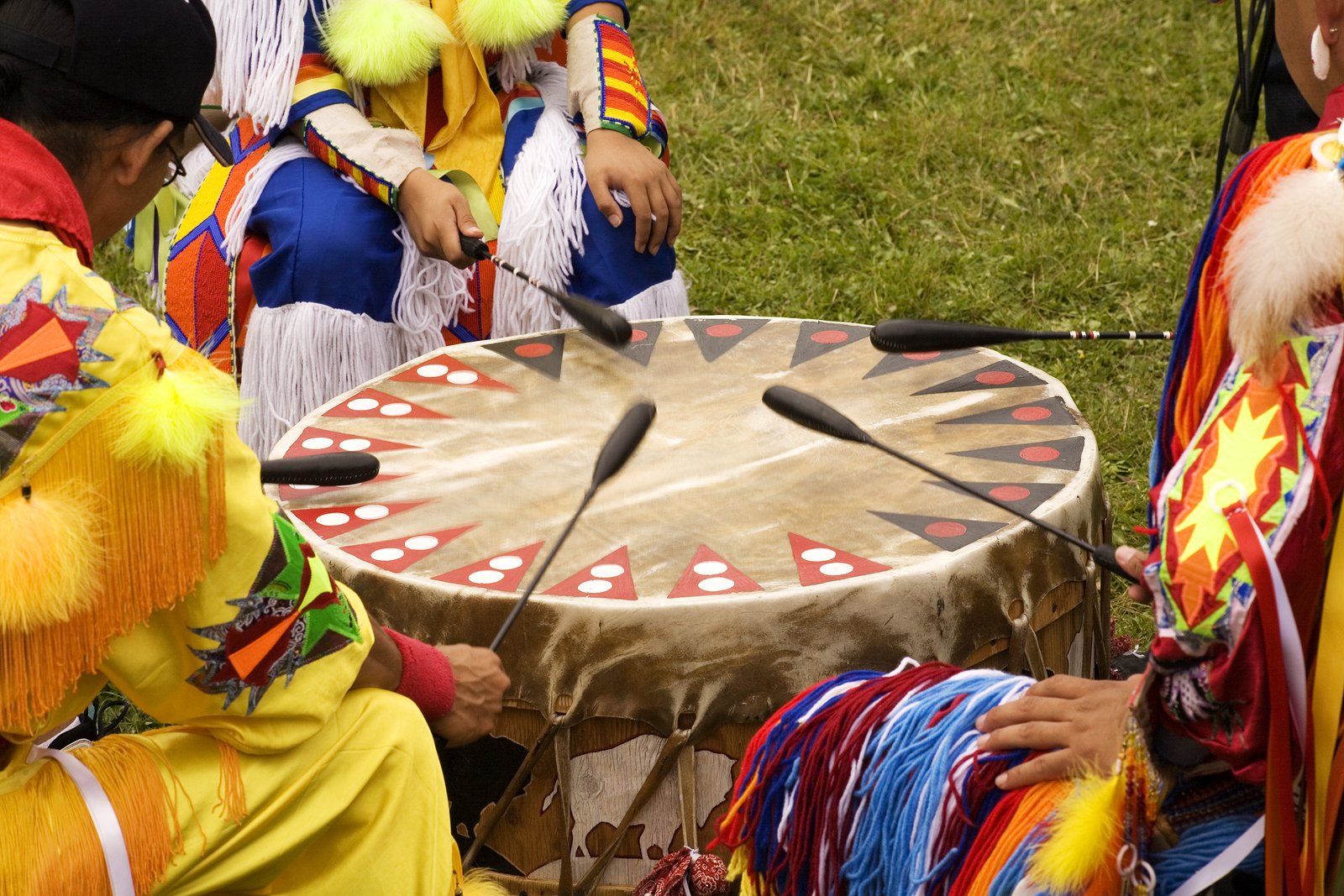- Help Center
-
1-800-774-7785Login

Blog
November is Native American Heritage Month
During November, most of the population is preparing for the holidays and the start of a new year. But did you know it’s Native American Heritage Month? According to the National Congress of American Indians, November is a time to celebrate the diverse cultures, traditions and historical events of Native Americans.
As a travel therapist, you have the opportunity to meet many unique individuals of various cultures. Understanding the beliefs and values of each cultural group can help you provide the most valuable care while treating each individual with respect. This month, let’s take a closer look at some of the potential challenges – plus solutions – for travel speech and language therapists, physical therapists and occupational therapists working with Native Americans:
Historical insight
Due to the historical oppression of indigenous people, many Native American clients may find it difficult to trust in his or her therapist. When the No. 1 priority of all therapists is to ensure patients are comfortable and can confide in them, it’s important to learn how to build trust and help your patients feel confident in the way you provide care.
“Eye contact is normally avoided as a sign of respect.”
Some of the most common barriers when working with Native American patients revolve around understanding communication values. According to researchers at the Native American Cancer Research Corporation, eye contact is normally avoided. Native Americans tend to gaze at the floor during conversation – understand that it’s a sign of respect. Additionally, patients of Native American descent associate loudness with anger and hostility. They also take long pauses after questions, taking careful consideration into their answers before responding on a whim.

What travel therapists can do
As the Minnesota Psychological Association suggested, working with Native American patients is all about considering the three C’s: Context, Comfort and Communication. This theory revolves around understanding the context of your patients background and story, building a relationship with your client and using the right communicative tools and techniques based on the values and beliefs of Native Americans. Keeping this in mind, here are a few recommendations and tips while working with Native American patients:
- Patience is key. Give your patients enough time to evaluate your questions thoroughly and speak their truth in regard to how they’re feeling.
- Approach all patients in a calm demeanor. Avoid an excessive tone or emphasis when speaking while addressing care.
- Keep Native American spirituality in mind during care. According to research by the Center for Health Disparities Research, clients believe it’s important to incorporate Native American spirituality into therapy, but not to use tribal spiritual or healing methods for care.
- The CHDR recommended providers meet Native American individuals, find a Native mentor, or spend time in the community to get a better understanding of the culture and background.
Jackson Therapy Partners seeks to educate travel therapists on embracing all cultural values and beliefs when providing care. This month, take the time to pay close attention to the needs of Native American patients with respect to their values.
Read More Articles Like This
Latest Articles
- Celebrating Community & Connection at the 47th Annual NBASLH Convention
- Home on the Road: Embracing RV or Tiny Home Life as a Travel Healthcare Professional
- Travel Healthcare With Pets: How to Register an ESA
- Explore Like A Local: Free and Low-Cost Activities for Healthcare Travelers
- What to do if Your Travel Healthcare Contract is Cancelled
